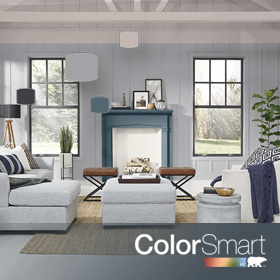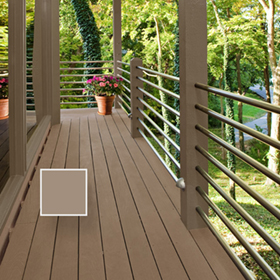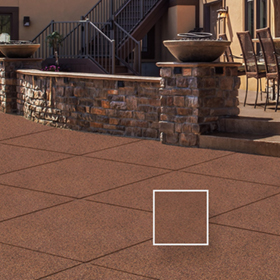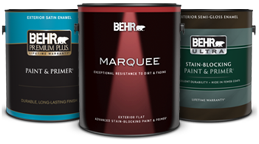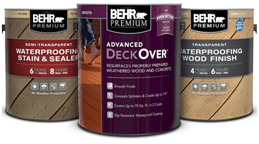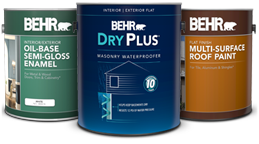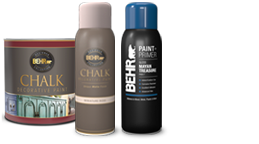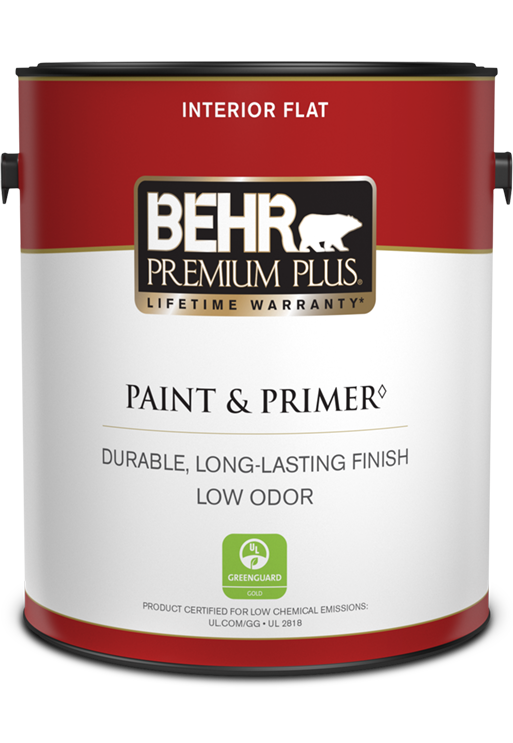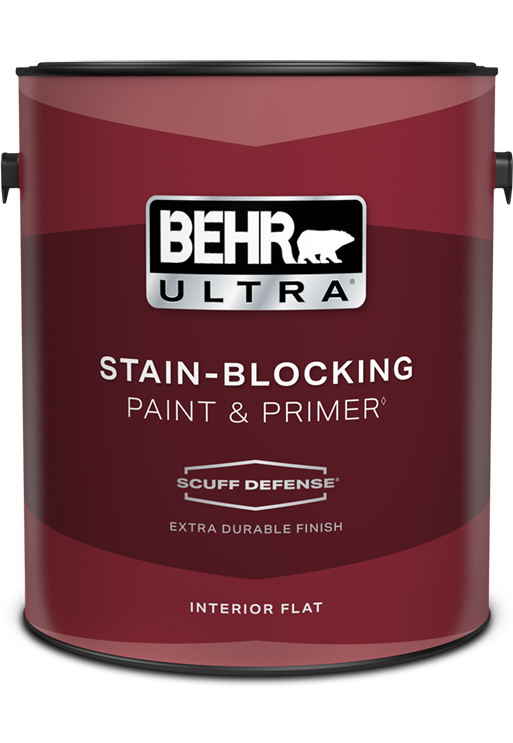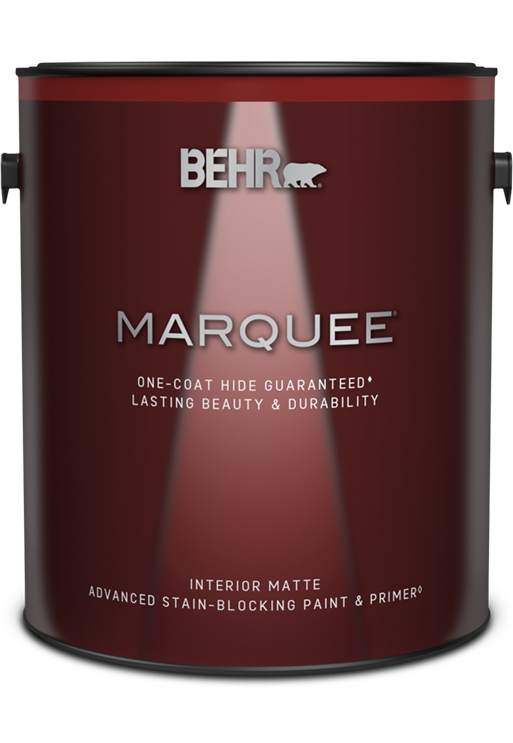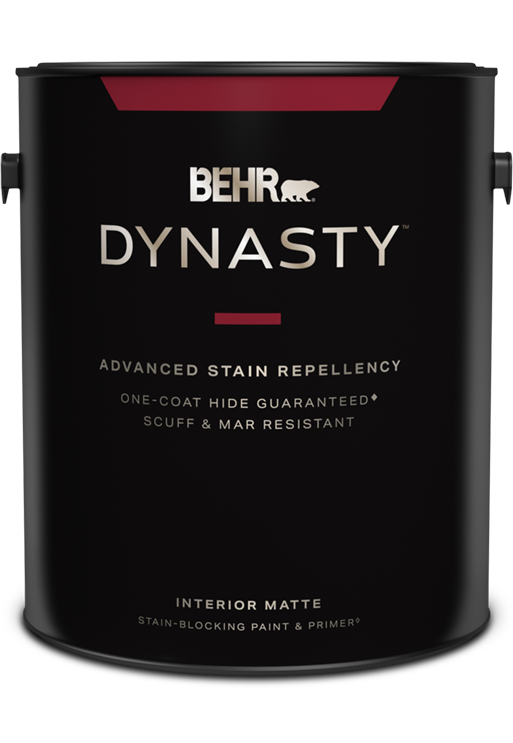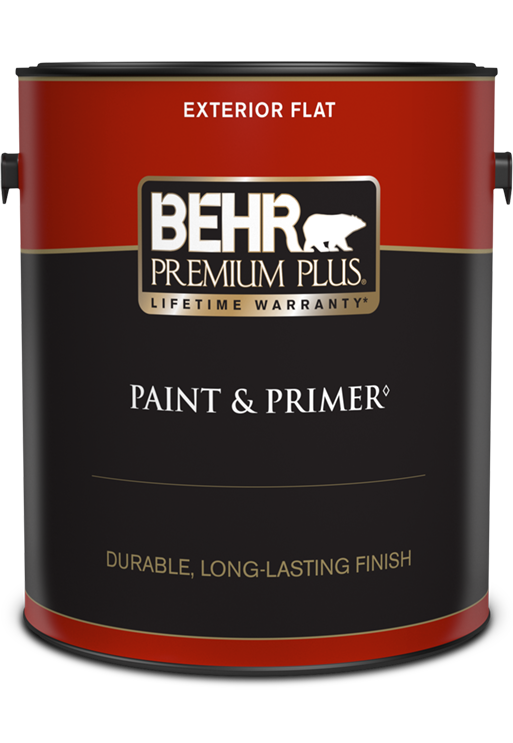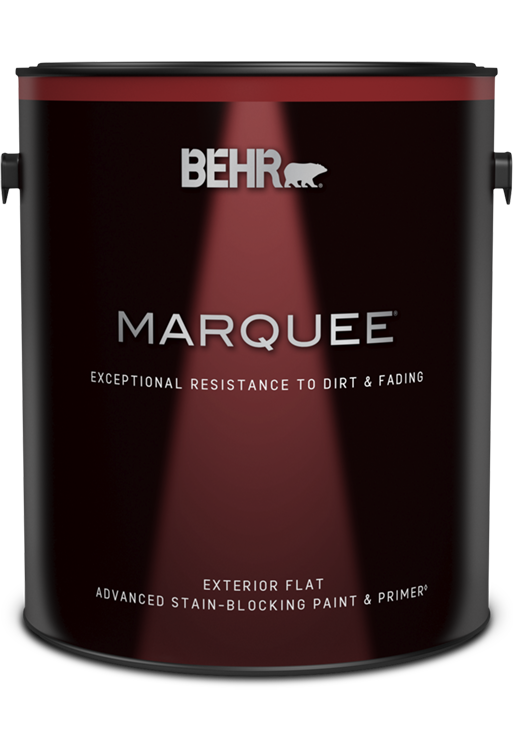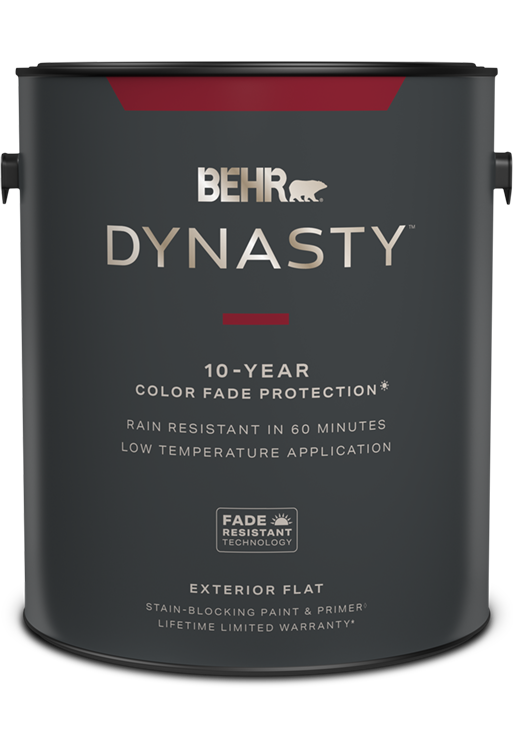
How to Prepare a Room for Painting
Starting a project with a clean, prepped workspace will help ensure that the painting process runs smoothly from beginning to end.
For Best Results:
When removing items such as picture frames and light fixtures, tape the screws to the back of each object to avoid losing them during the project.
Don't underestimate the importance of eliminating dust, cobwebs and mildew before beginning your painting project.
- Drop Cloths
- Plastic Sheeting
- Wire Brush
- Scraper
- Sponge
- Sandpaper
- Putty Knife
- Rags
- Caulking Gun
- Caulking (Painter's Grade)
- Bucket
- Ceiling/Wall Patch
-
Step 1
Create a workspace by removing items such as rugs and furniture.
-
Step 2
Create a central area for all your tools and supplies; make sure it is easily accessible to your workspace.
-
Step 3
Remove what you can such as doors, light fixtures, pictures, doorknobs and nails.
-
Step 4
Protect what you can't remove with coverings such as plastic sheeting or masking paper.
-
Step 5
If you have cracks or small holes, remove any dust or debris from the area, then apply patching material and allow it to dry completely. Sand the finished area so it blends evenly with the surface.
-
Step 6
If you need to remove peeling paint, scrape the area with a wire brush or scraper to remove all the loose paint, then sand the finished area to blend it evenly with the surface.
-
Step 7
For gaps and seams, remove excess debris, apply caulking to the area and allow it to dry completely before painting.
-
Step 8
On glossy surfaces, such as metals and when painting over higher sheen paints, scuff sand or etch the area to provide proper paint adhesion.
-
Step 9
If you need to remove any oil, grease or wax stains, apply a mild detergent with a sponge onto a lightly water-dampened surface, rinse with clean water and allow it to dry.
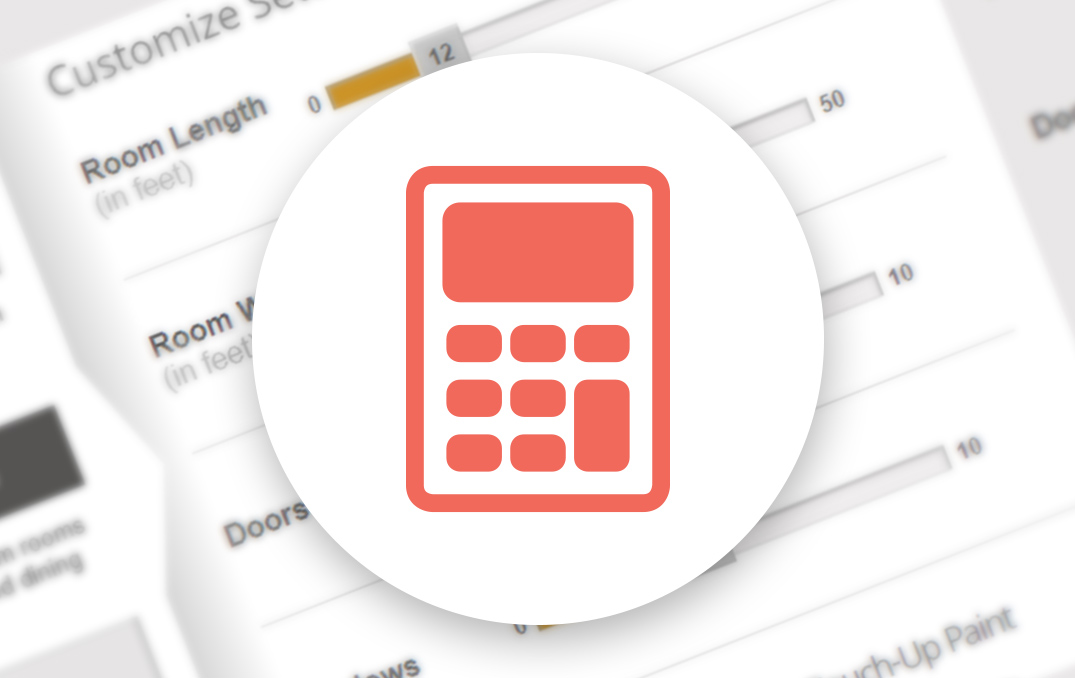
PAINT AND STAIN CALCULATOR
Inside or outside; paint or stain: Let’s figure out how much you’ll need to make amazing happen.
Calculate
ASK AN EXPERT
Every project is unique: Keep small wrinkles from becoming big problems by letting the Behr Technical Experts lend a hand.
Get Expert Help
CONNECT WITH PRO REFERRAL - POWERED BY THE HOME DEPOT
Let Pro Referral do the leg work and match you with quality local painters.
Find a Painter Back to Interior Painting How-To's
Back to Interior Painting How-To's




